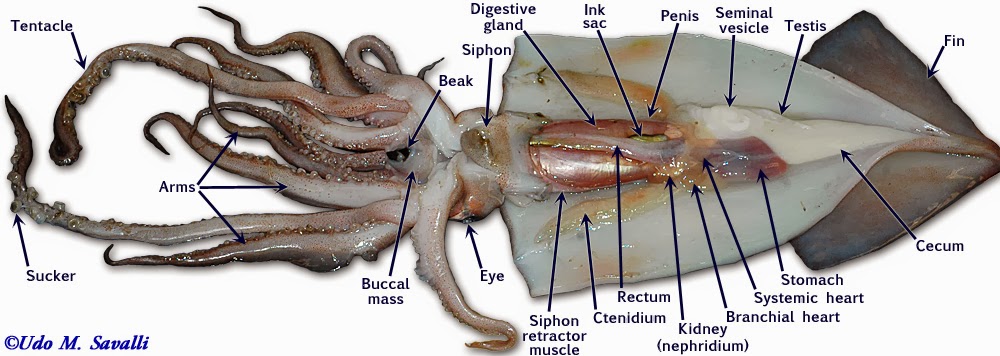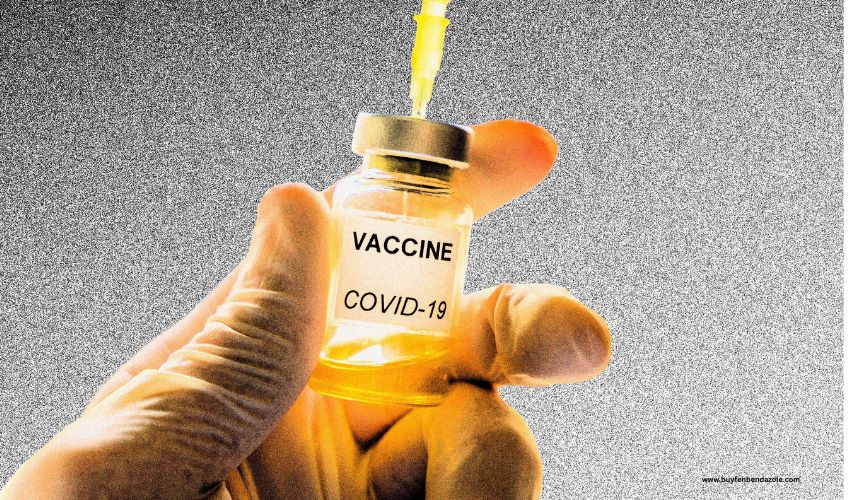The practical hands-on learning experience of dissection is a memorable and instructive aspect of the biology curriculum. Computer software and dissection models provide additional resources to reinforce this kinaesthetic approach.
Students gain an understanding of the internal anatomy and mature body systems of animals. Small animal specimens are perfect for first-time dissections.
The hands-on learning experience
Dissection allows students to experience the material and its concepts in a way that cannot be achieved in a traditional classroom setting. It’s a natural, organic learning environment that many students find highly engaging and effective.
Hands-on learning is also a great way to increase curriculum retention. Studies have shown that when a student is given the opportunity to practice a lesson, they can retain as much as 75 percent of the information presented in the course.
Research indicates that hands-on learning engages both sides of the brain – the left side handles listening and analysis processes, while the right handle visual and spatial processes. By combining multiple styles of learning, the brain creates stronger connections and is able to store more relevant information.
Despite the fact that all students have different learning styles, hands-on learning is a powerful and functional instructional tool for anyone who wants to learn about their field of study. It can help students improve their overall understanding of a topic or strengthen their problem-solving skills.
The reality conveyed
During the labware dissection, a well-designed setup was able to convey to the trainees their hands-on learning experience. There is a myriad of different types, sizes, and configurations of equipment in a laboratory, but the most common items are beakers, flasks, tubing, pipettes, bottles, carboys, shakers, jars, and more.
To make the most of these tools, it’s important to choose the right kind and the best quality material. A high-quality labware set will not only save time and money but will also enhance the overall laboratory experience for the lab technicians who use it.
The best way to go about this is to contact a labware specialist who can guide you through the process and advise on the appropriately sized product for your needs. In the end, you’ll be able to create the optimum laboratory solution. With the right products, your team will be able to get to work faster and more efficiently. The most important part of all is that they’ll be able to enjoy the many benefits of using new and exciting technologies such as VR.
The kinaesthetic learning experience
Labware dissection is one of the most popular hands-on learning experiences for kinesthetic learners. This is because the physical movement of preparing and examining labware strengthens students’ understanding of biological systems.
Having a hands-on learning experience also helps them remember information better. Unlike visual and auditory learners, kinesthetic learners retain information best when it is explained through the use of examples.
In fact, kinesthetic learners are more likely to identify as bodily-kinesthetic than other types of learners identified by Howard Gardner’s multiple intelligences theory (Gardner, 1983).
While many kinesthetic learners may find studying difficult in the classroom, there are strategies they can use to increase their learning potential. For example, they can study for short periods and take frequent breaks to move around. Keeping their bodies active helps them focus on learning and improves their concentration and productivity.
Visit Here: https://www.westlab.com/
The early experience
One of the most memorable aspects of a biology class is dissection. The thrill of seeing a real structure, an organ, or an internal process can never be matched by models or diagrams.
It is important to make students feel comfortable during dissection activities. Chemical-resistant gloves, aprons, and safety glasses are recommended. Work in a well-ventilated lab only.
Some students are hesitant to participate in biology or life science activities due to the smell of formaldehyde-preserved specimens. However, if the school does not have a septic system or has good ventilation, this odor may be confined to a small area of the laboratory and will not cause students to be uneasy.



